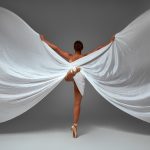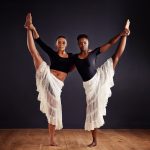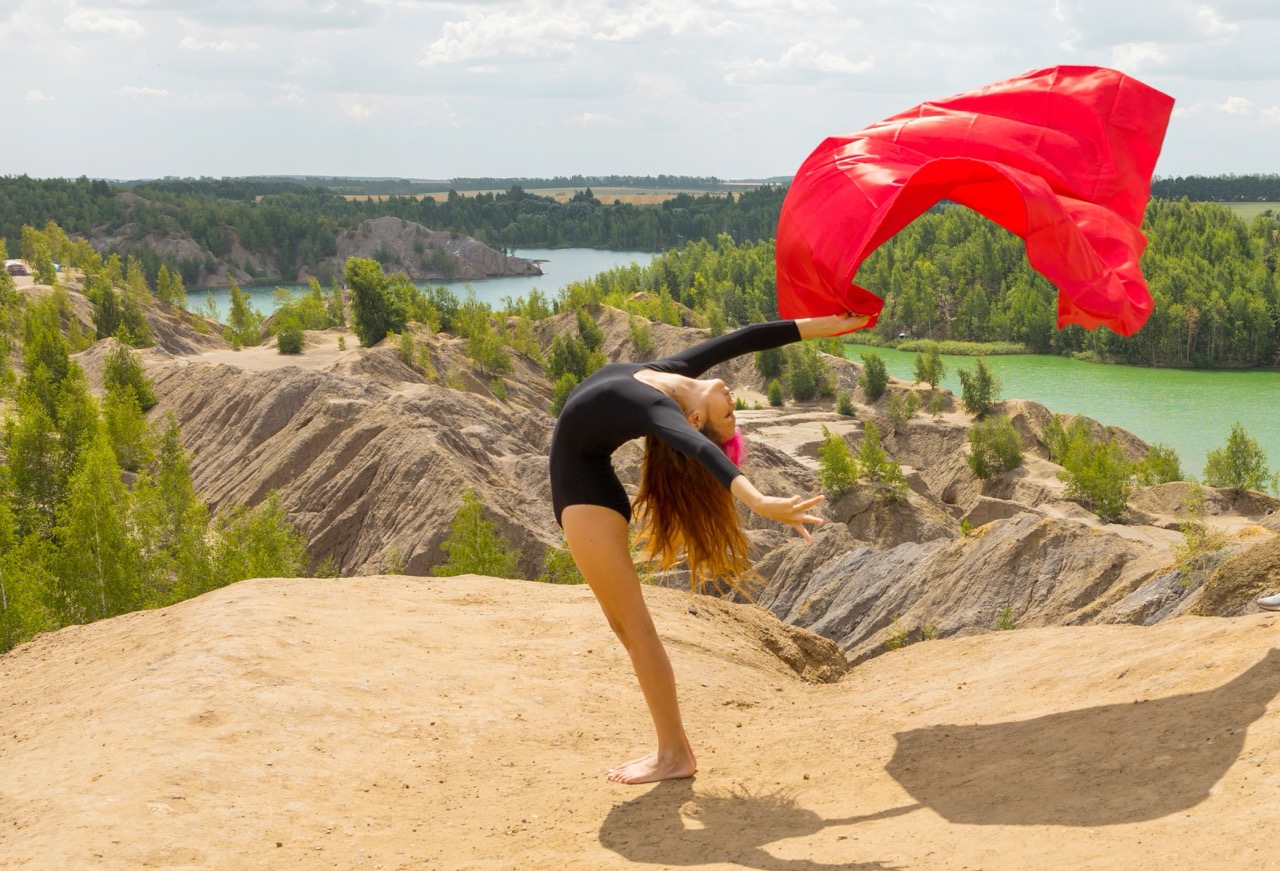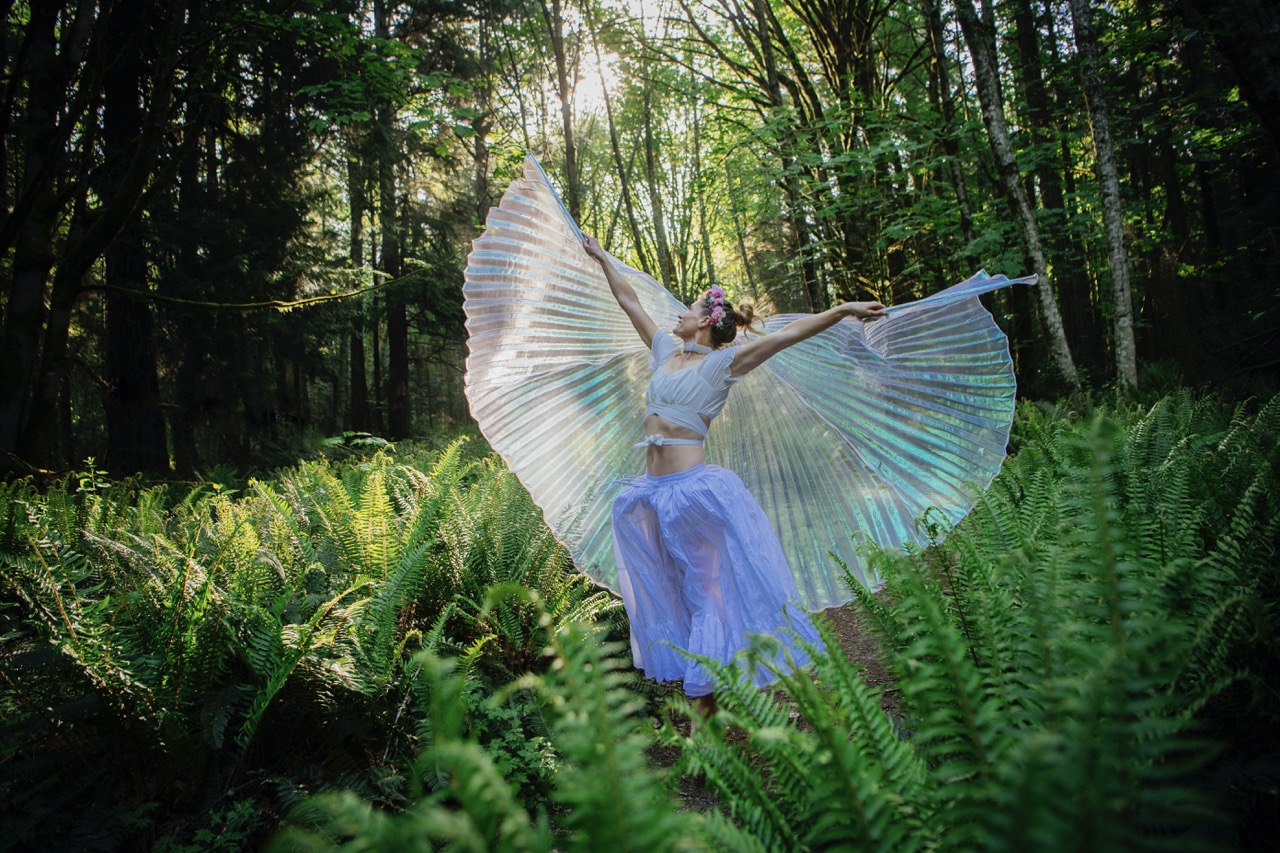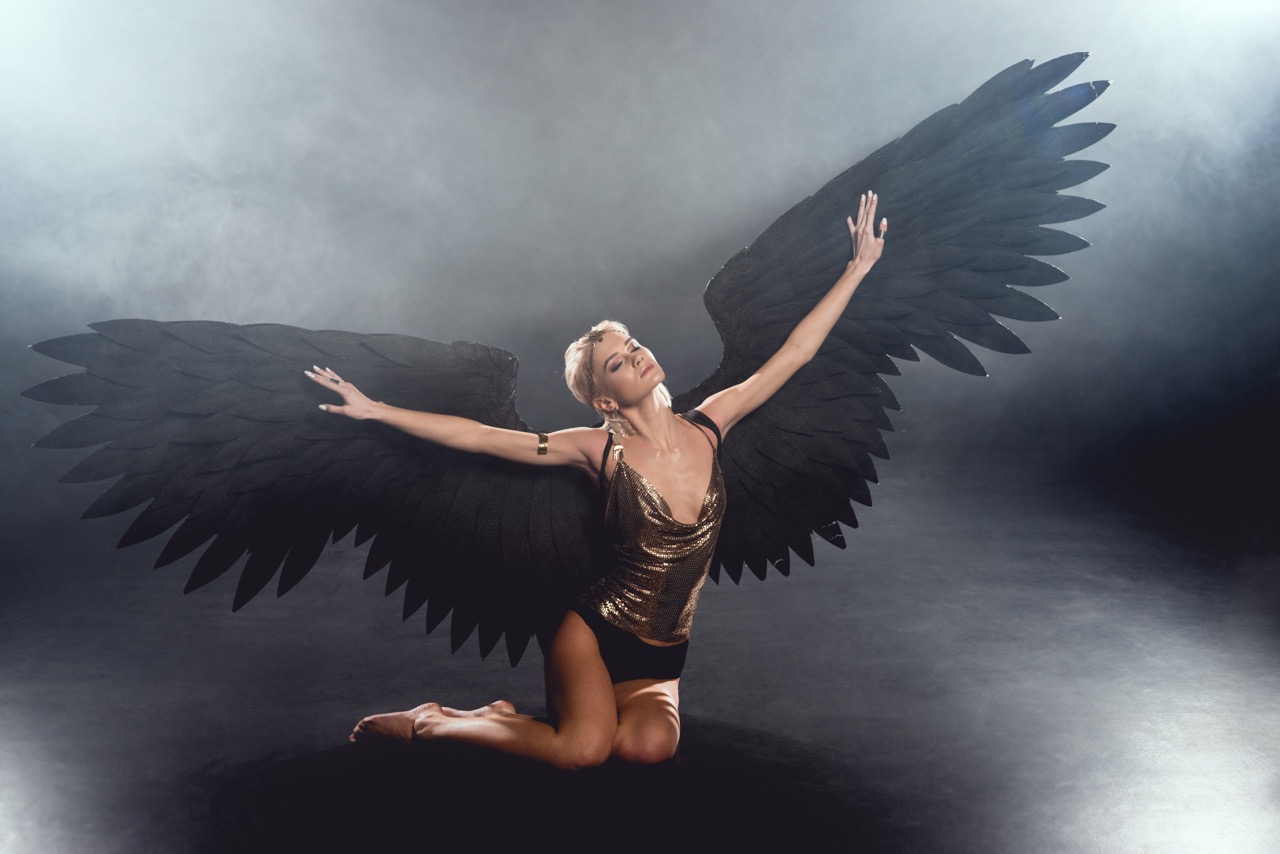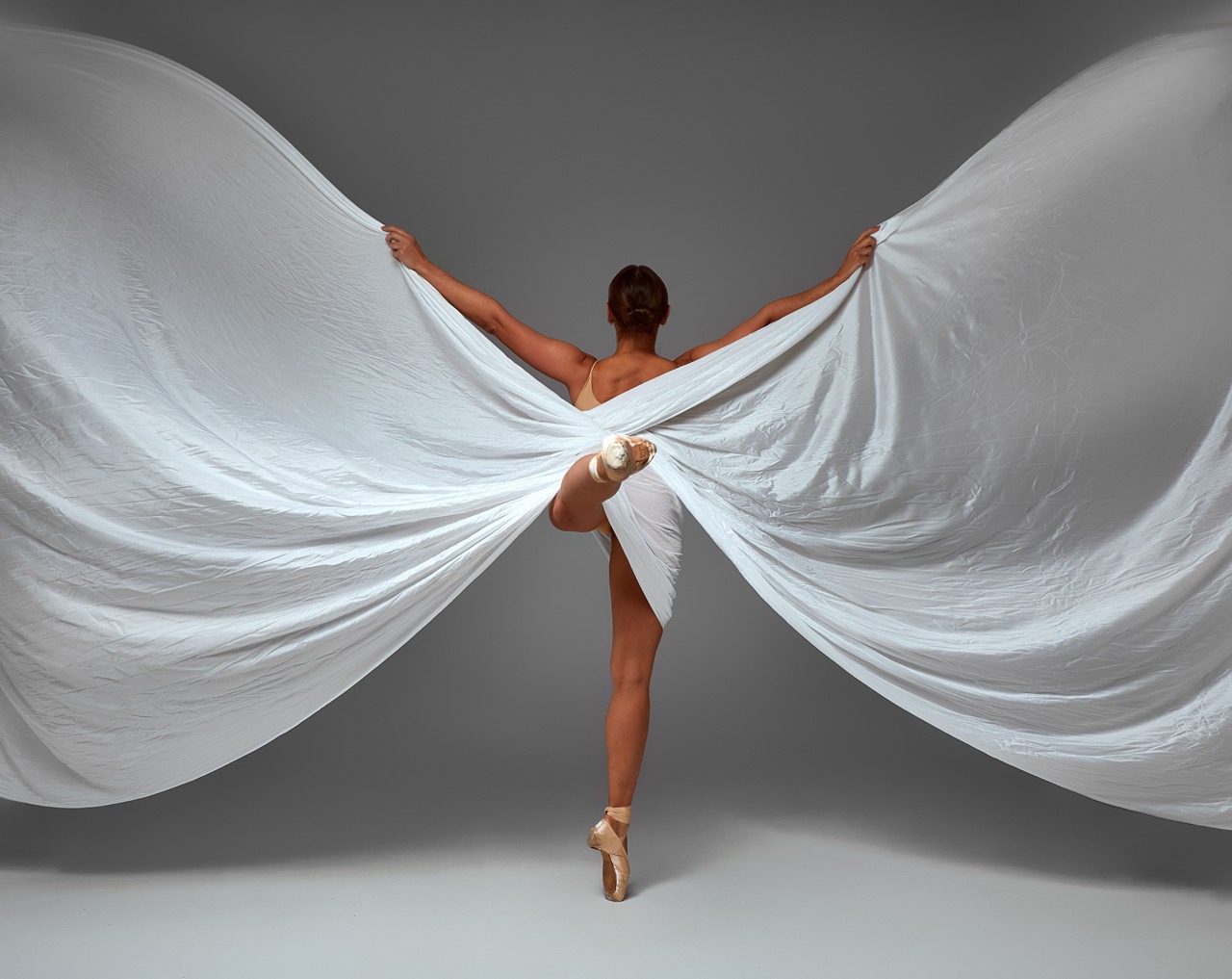Dance has always been a profound means of expression, a language that transcends words and speaks to the soul. Among the myriad of movements that inhabit its realm, the use of wings—whether literal or metaphorical—has emerged as a powerful motif in both traditional and modern dance forms. This article embarks on a journey through the evolution of dance, exploring the deep-seated cultural significance of wings, the distinctive techniques and styles that define various movements, and the innovative ways in which traditional elements are blended with contemporary artistry. Through this exploration, we unveil the rich tapestry that wings weave into the world of dance.
The Evolution of Dance: From Tradition to Modernity
Dance, in its earliest incarnations, was an integral part of cultural rituals and spiritual ceremonies. Traditional dance forms, such as ballet, Kathak, and traditional African dance, often feature precise movements that tell stories or embody spiritual beliefs. These styles are grounded in centuries-old techniques passed down through generations, emphasizing the preservation of cultural heritage. The practitioners of these art forms dedicate themselves to mastering the intricate footwork and gestures that have historical significance, creating a deep connection between the dancer and the cultural context they embody.
As societies evolved, so too did the expression of their art forms. The advent of modern dance in the early 20th century marked a departure from the rigid structures of traditional styles. Pioneers like Martha Graham and Merce Cunningham sought to break free from classical constraints, emphasizing individuality and the human experience. This evolution brought forth new interpretations of movement, allowing dancers to explore freedom, emotion, and personal expression. The notion of wings transformed during this period, serving not just as a symbol of beauty and grace but also as a representation of liberation and self-discovery within the dance.
Today, the landscape of dance encompasses an array of styles that reflect both traditional roots and modern influences. From hip-hop to contemporary ballet, the modern dancer is often seen as a hybrid artist, able to navigate various genres and styles seamlessly. The evolution of dance continues to blur the boundaries between past and present, allowing for a dynamic interplay between the historical and the avant-garde. This ongoing transformation invites dancers to explore the symbolism of wings within this rich context, deepening their understanding of movement as both an art form and a means of communication.
Symbolism of Wings: Cultural Significance in Dance Forms
Wings have long served as a powerful symbol in various cultures, representing freedom, transcendence, and the ethereal nature of the human spirit. In traditional dances, such as the graceful movements of classical ballet, wings are often evoked through elaborate costumes and choreography. The imagery of swans and angels is prevalent, portraying the dancer as a celestial being, embodying purity and beauty. The symbolism extends beyond aesthetics; it reflects the aspirations and dreams of the societies from which these dance forms arise, offering a glimpse into their values and beliefs.
In many indigenous cultures, the representation of wings is intertwined with spiritual narratives. Traditional dances that incorporate feathered garments or wing-like movements often celebrate the connection between humans and nature, invoking the spirits of animals, particularly birds. These performances serve as rituals that honor the earth and its inhabitants, illustrating the dancers’ reverence for the environment. The wings in these contexts signify a deep-rooted understanding of existence, illustrating the balance between humanity and the natural world through the art of movement.
Conversely, in modern dance, the symbolism of wings often shifts to embrace themes of liberation and self-expression. Contemporary pieces may utilize wing imagery to convey struggles against societal constraints, portraying the desire to break free from limitations. Dancers may adopt movements that appear to take flight—soaring, gliding, and expanding—mirroring the internal journey of finding one’s voice in a complex world. In this way, wings transcend mere visual representation, embodying profound emotional narratives that resonate with audiences across cultures and generations.
Techniques and Styles: A Closer Look at Movement
The techniques employed in traditional dance forms often emphasize precision, discipline, and a strong connection to historical customs. For instance, ballet focuses on technique, posture, and the graceful execution of movements, where the use of wings is often illustrated through sweeping arm movements and elaborate pirouettes. The aesthetic beauty of ballet is underscored by the dancer’s ability to create the illusion of weightlessness, much like a bird in flight. Traditional dance forms often rely on formalized steps and sequences, designed to honor the choreographic lineage and the stories they convey.
In contrast, modern dance embraces a broader spectrum of movement vocabulary, permitting more organic and spontaneous expressions. The techniques vary widely, ranging from the grounded, contract-and-release methods of Graham technique to the fluid, improvisational styles found in contemporary dance. In these modern interpretations, wings are often represented through expansive movements that invite dancers to explore their physicality in new ways. The focus shifts from strict adherence to formality to an emphasis on personal interpretation and emotional expression, enabling dancers to communicate their unique stories through movement.
The juxtaposition of traditional and modern styles presents a fascinating dialogue in the dance world. While traditional techniques provide a solid foundation, modern exploration encourages innovation and the merging of various influences. Dancers who are trained in classical forms often incorporate elements of contemporary dance, creating a hybrid style that showcases the versatility of wings in expression. This blending of techniques fosters a rich tapestry of movement, where traditional legacies coexist with the fluidity of modernity, enriching the dancer’s ability to convey complex narratives through their art.
Bridging the Gap: Merging Tradition with Contemporary Artistry
As the dance landscape continues to evolve, artists are increasingly seeking to bridge the gap between traditional and modern styles. This merging creates opportunities for collaborative works that honor the history of dance while pushing boundaries. Choreographers often draw inspiration from traditional motifs, such as wings, and reinterpret them through a contemporary lens, resulting in innovative performances that resonate with diverse audiences. By embracing this duality, dancers can honor their heritage while exploring new artistic avenues.
One notable example of this fusion can be seen in the work of choreographers who incorporate traditional techniques into contemporary performances. For instance, integrating elements of Bharatanatyam or Flamenco into modern choreography allows for a rich cross-pollination of styles. Dancers become storytellers, using the symbolic language of wings to navigate both historical and emotional narratives. These collaborations foster an environment where movement becomes a shared language, connecting generations and cultures through the universal themes of flight and freedom.
Moreover, educational institutions are increasingly recognizing the importance of this synthesis. Dance programs that emphasize both traditional training and contemporary practices encourage students to explore their artistic voices. By providing a platform for experimentation, these programs cultivate a new generation of dancers who possess the skills and creativity necessary to innovate within the field. As the art of dance continues to evolve, the merging of traditional and modern styles ensures that the legacy of wings remains a vibrant and dynamic part of the storytelling tradition.
In conclusion, the exploration of wings in dance reveals a rich tapestry of cultural significance, artistic evolution, and emotional expression. From the precision of traditional techniques to the innovative freedom found in modern styles, the representation of wings transcends mere movement, embodying profound narratives that resonate within and beyond the dance community. By bridging the gap between tradition and contemporary artistry, dancers not only honor their heritage but also create a vibrant dialogue that speaks to the human experience. As we continue to witness the evolution of dance, the symbol of wings will undoubtedly soar, inviting us all to take flight on our own journeys of expression and discovery.


